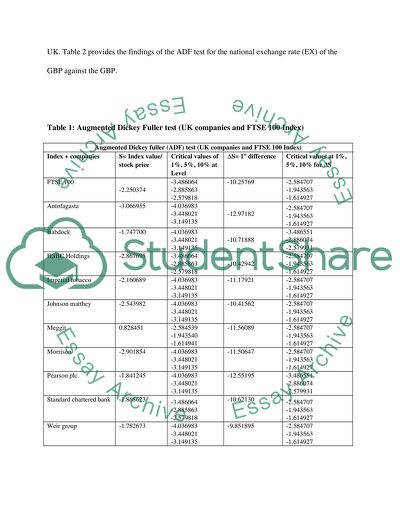Cite this document
(“Impact of foreign exchange rate on stock returns Dissertation”, n.d.)
Impact of foreign exchange rate on stock returns Dissertation. Retrieved from https://studentshare.org/finance-accounting/1484529-impact-of-foreign-exchange-rate-on-stock-returns
Impact of foreign exchange rate on stock returns Dissertation. Retrieved from https://studentshare.org/finance-accounting/1484529-impact-of-foreign-exchange-rate-on-stock-returns
(Impact of Foreign Exchange Rate on Stock Returns Dissertation)
Impact of Foreign Exchange Rate on Stock Returns Dissertation. https://studentshare.org/finance-accounting/1484529-impact-of-foreign-exchange-rate-on-stock-returns.
Impact of Foreign Exchange Rate on Stock Returns Dissertation. https://studentshare.org/finance-accounting/1484529-impact-of-foreign-exchange-rate-on-stock-returns.
“Impact of Foreign Exchange Rate on Stock Returns Dissertation”, n.d. https://studentshare.org/finance-accounting/1484529-impact-of-foreign-exchange-rate-on-stock-returns.


